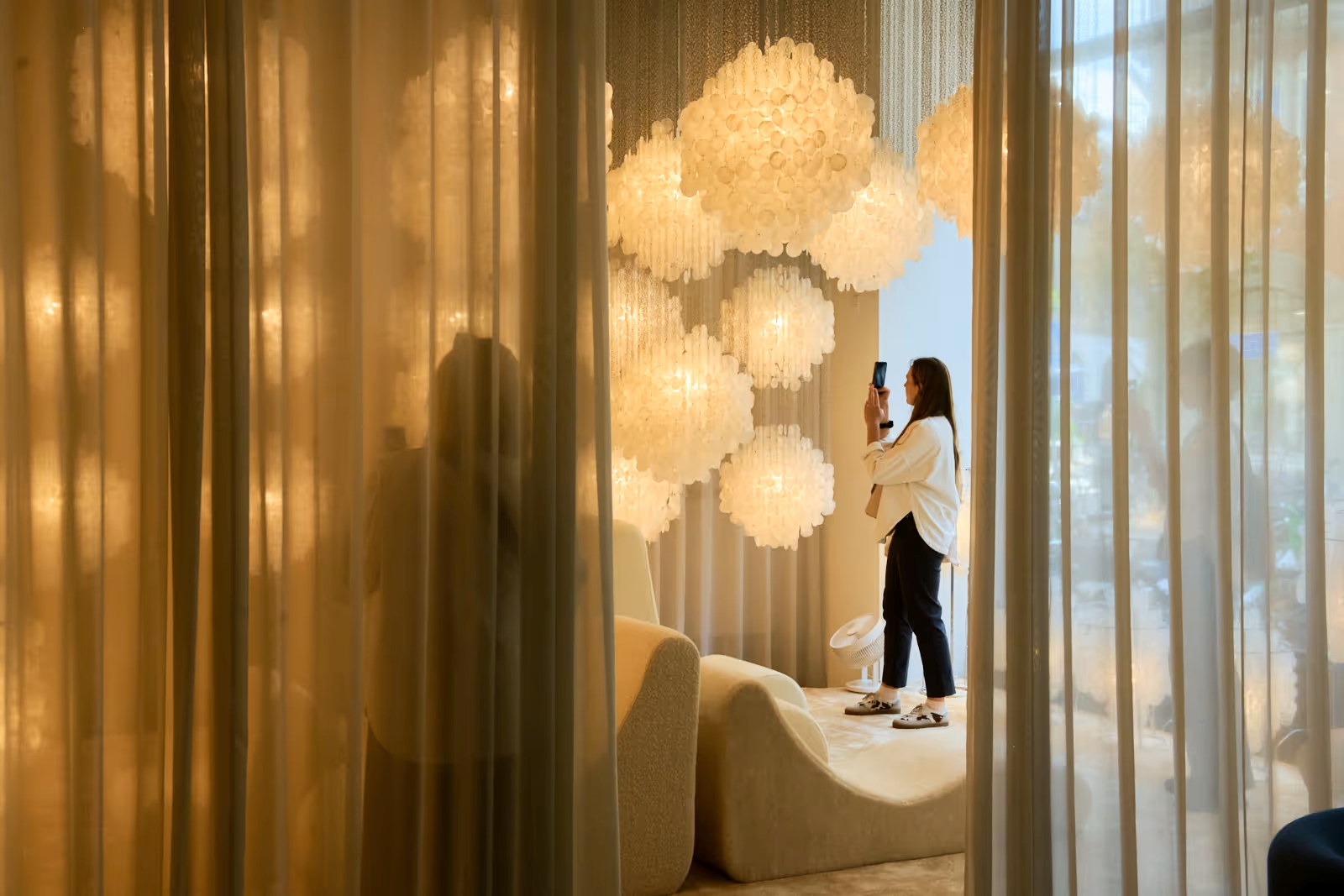Header: Design drawings by Maciej Siuda for the exhibition in the Polish Pavilion, courtesy of the artist
At the 19th Venice Architecture Biennale, the Polish Pavilion’s exhibition, “Lares and Penates: On Building a Sense of Security in Architecture, ” delves into what makes us feel safe at home. In uncertain times, the project asks: Can buildings still provide the protection they were first meant for?
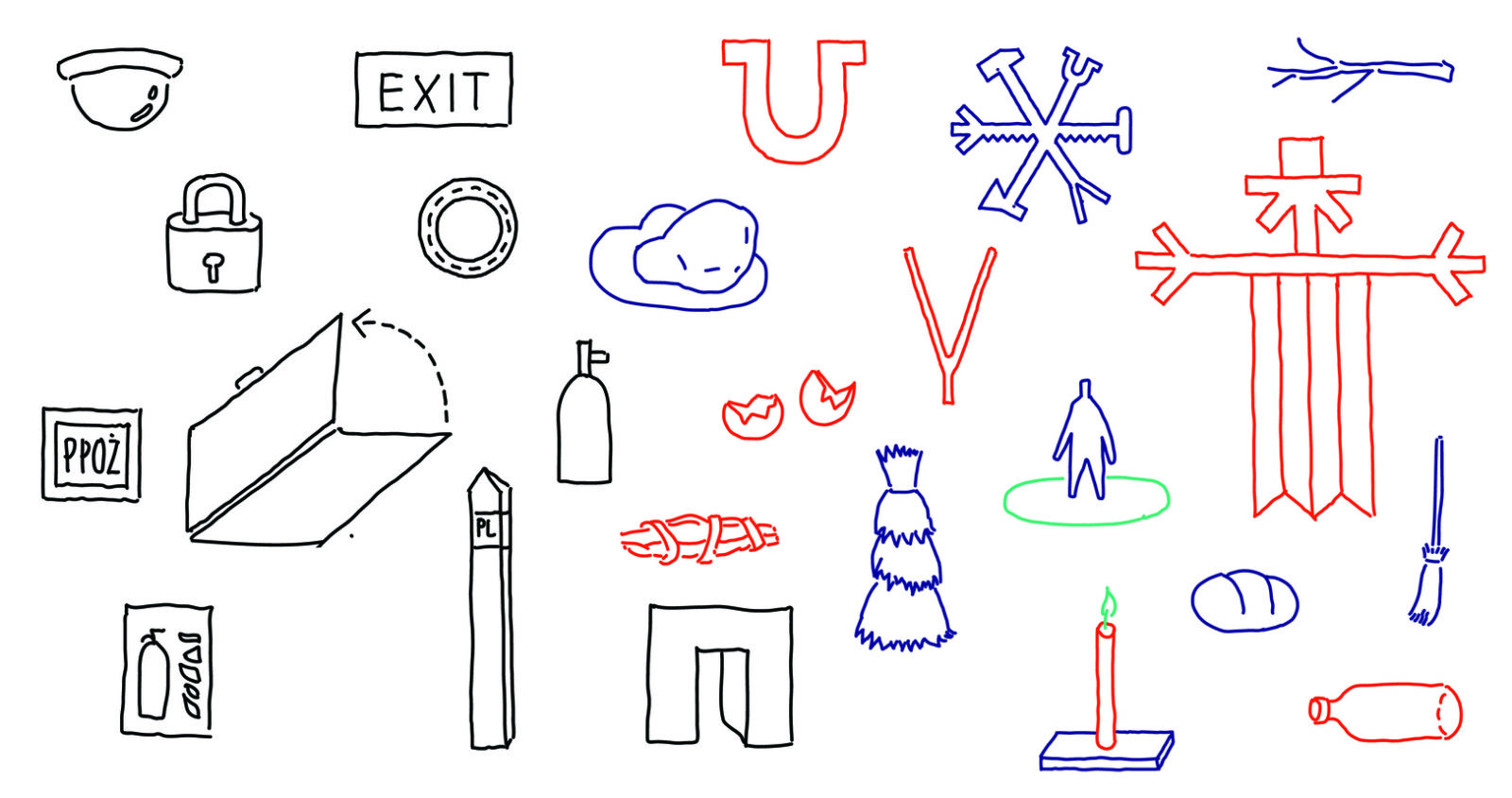
Seeing security through the inhabitants’ eyes
Instead of focusing only on the architect’s plans, this project looks at buildings from the perspective of the people living inside. The team behind this unique approach includes curator and art historian Aleksandra Kędziorek, artists Krzysztof Maniak and Katarzyna Przezwańska, and architect Maciej Siuda. They explore the feelings, fears, and practical needs connected to the idea of home. Kędziorek notes the exhibition’s name comes from Roman gods who protected the home, representing a deep, shared idea of safety.
“Lares and Penates were Roman deities charged with protecting the household hearth. In many languages today, they still evoke the idea of guardianship and domestic safety. In tune with Carlo Ratti, curator of the 2025 Architecture Biennale, who includes the word ‘intelligens’ in this year’s exhibition title, we look to lares and penates as a universal code – rooted in ancient tradition and deeply embedded in our collective human intelligence.”
Aleksandra Kędziorek, curator

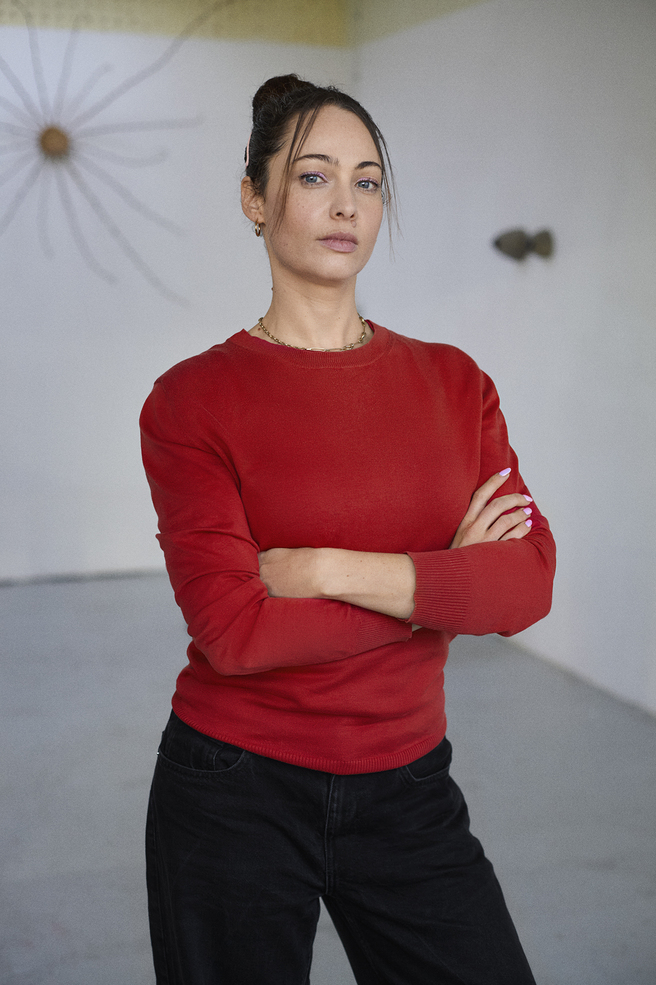
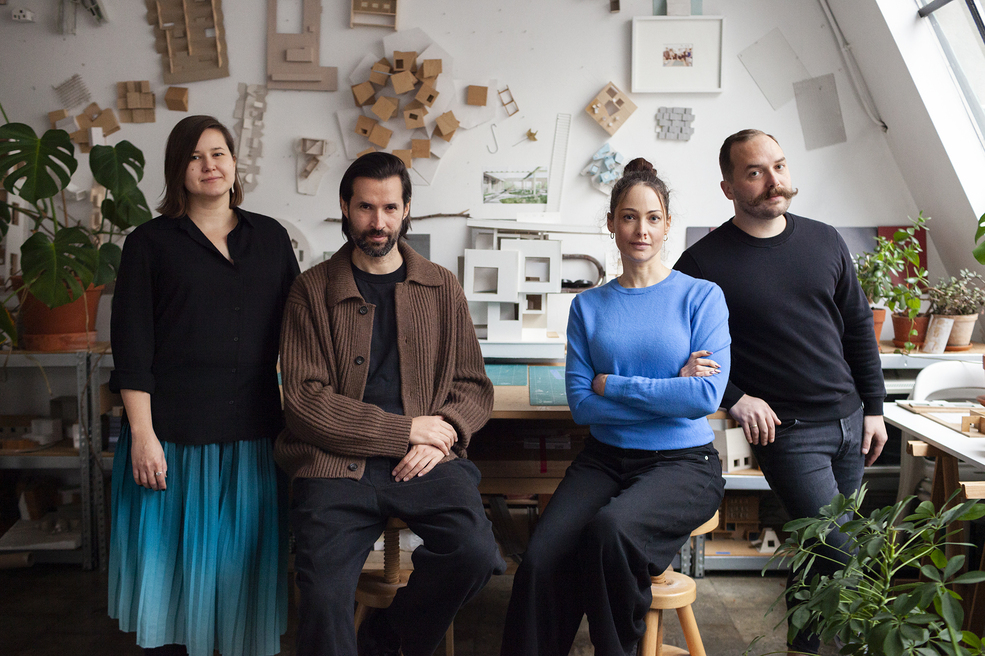


Old customs and modern safety gear
The exhibition highlights fascinating practices found across Poland, passed down through generations. Think of a candle in a window believed to keep storms away, or a special garland hung on construction sites for good luck. They even show an old salvaged doorstep, representing the line between outside and inside, and tools used to find water sources before building.
Alongside these traditions, the display points out modern safety measures required by today’s rules. Things already present in the Pavilion, like emergency exits and fire alarms, are specially framed and presented. Other everyday security items like door peepholes, alarm systems, and padlocks are also included, showing how we try to protect our spaces.
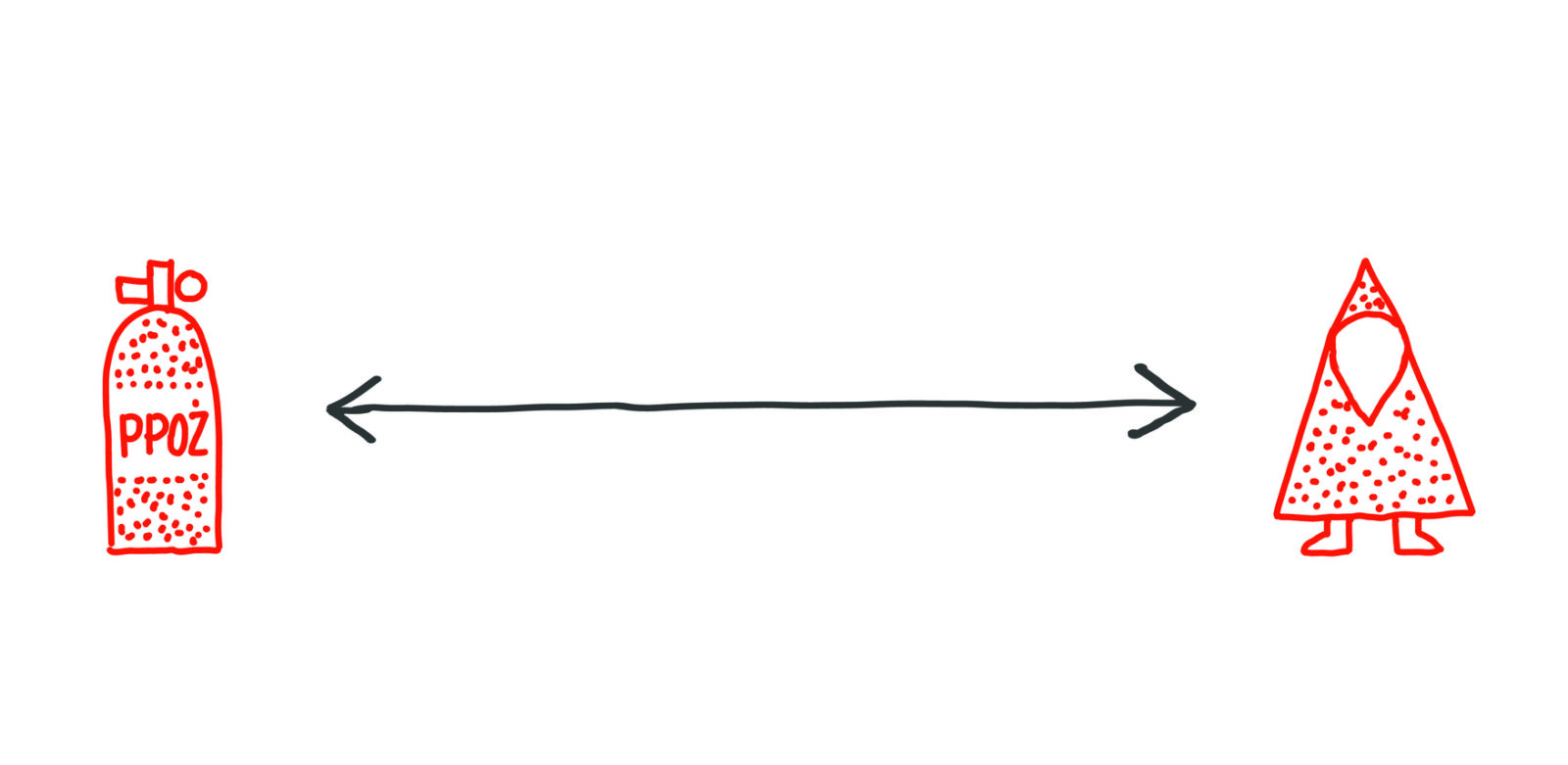
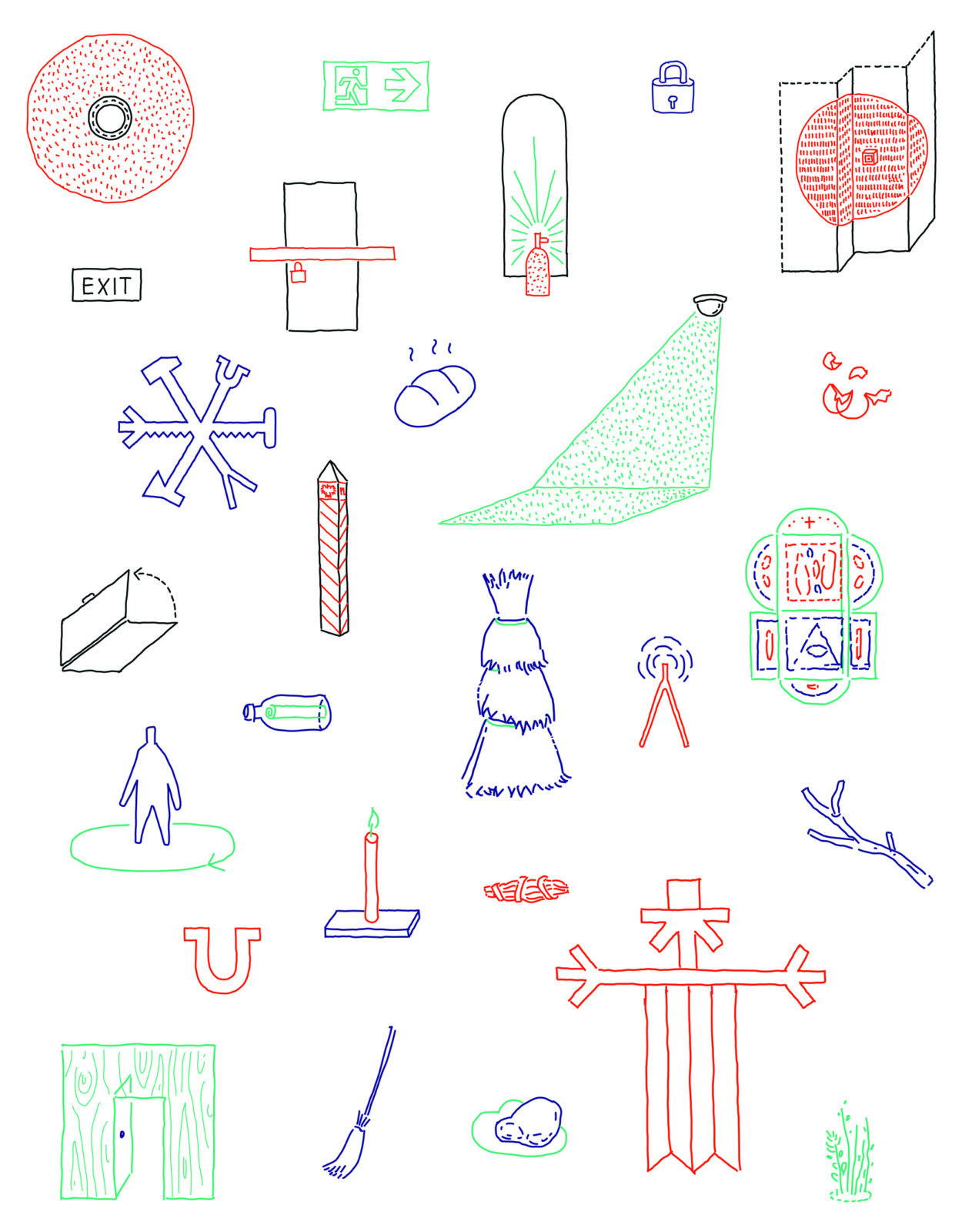
Real objects tell the story
Forget abstract digital displays. Visitors to the Polish Pavilion will see a collection of actual objects, either found or put together by the team. These are shown at their real size, emphasizing their physical presence. The exhibition design is kept simple to let the objects speak for themselves. Even practical safety items get an artistic touch – a fire extinguisher might sit in a niche painted like a fresco or be framed with Venetian-style mosaic, highlighting its reassuring role beyond just function.
This approach aims to uncover meaningful connections between old customs and new rules, suggesting a path toward architecture that better understands and serves our need for security in today’s world. It’s Poland’s contribution to the broader theme of the 2025 Architecture Biennale: “Intelligens. Natural. Artificial. Collective.”









